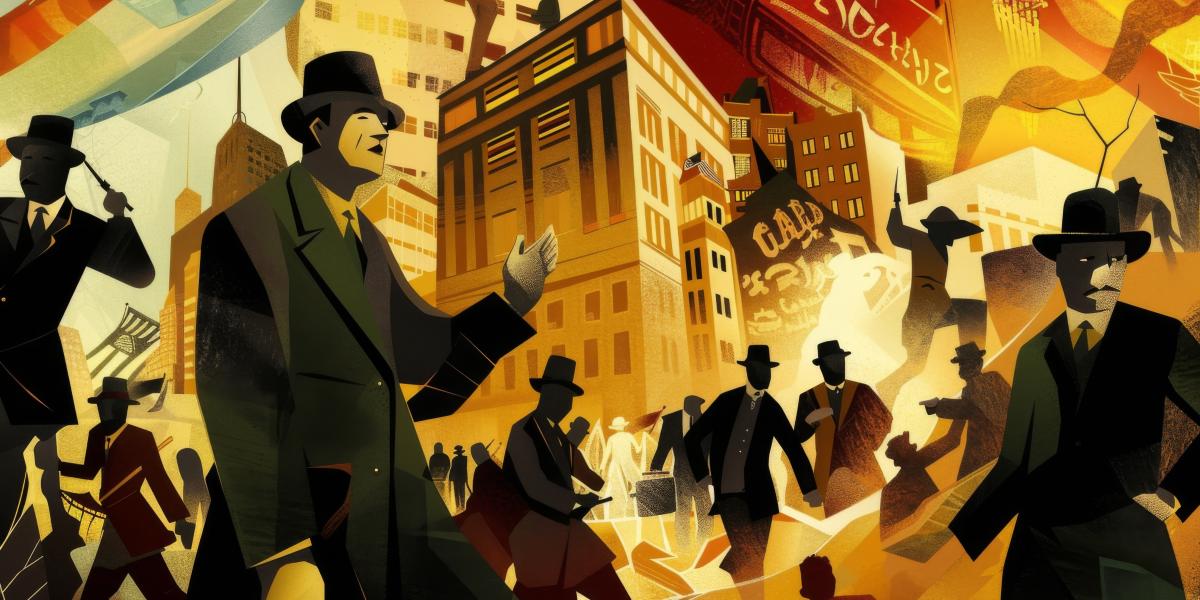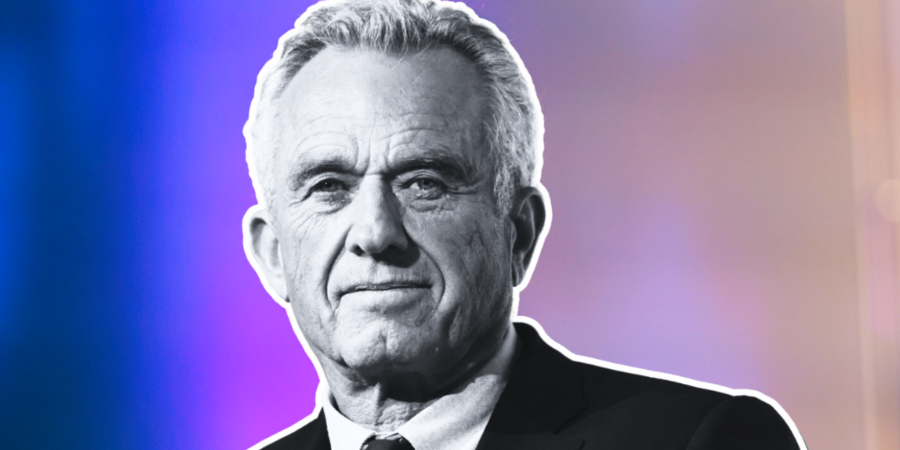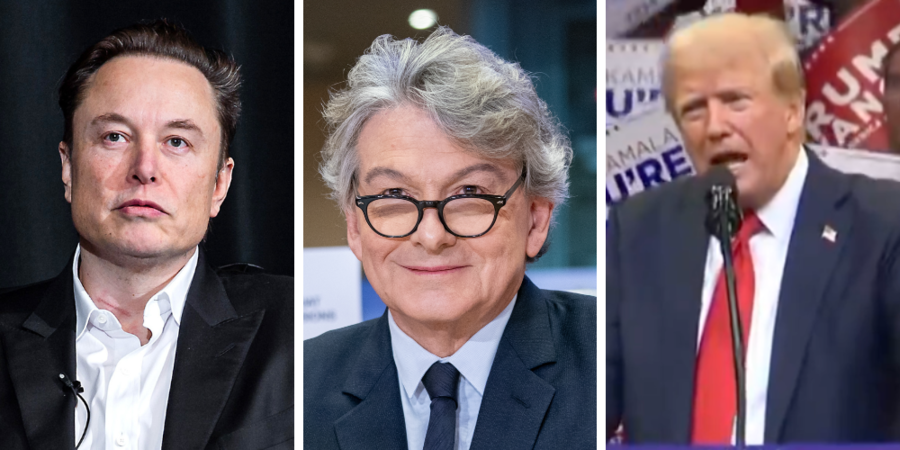The New Deal has been a key driver behind how the Democratic Party justified its hold on political power in the United States. The precursor to the New Deal was the Great Depression, which, in the minds of many Americans, was triggered by the stock market crash in late 1929.
However, is the Democratic memory of the crash and Depression thereafter accurate? Did those events justify the policies Democrats pursued through the New Deal? One way to explore these questions is to look at how Left-liberal pundits themselves answered them. And one of the key intellectual leaders behind justifying the New Deal, wrote a book that tried to do just that.
John Kenneth Galbraith was a popular intellectual during and after World War II, at a time when Keynesianism had become the ascendant school of economics in the United States. He served as editor of Fortune magazine during the 1940s, became an economics professor at Harvard in 1948, served as Kennedy’s ambassador to India in the early 1960s, and was involved in policymaking for the Democratic party in the late 1960s. Meanwhile, during this period he wrote several books, including The Great Crash 1929 in 1954.
In this book, Galbraith sought to describe the speculative excesses seen in American financial markets in the late 1920s, the resulting stock market crash in October 1929, and the depression that occurred thereafter. Galbraith argued that while it had become increasingly clear to many investors and policymakers that the stock market had become wildly overvalued by the late 1920s, and the federal government had several blunt policy tools in place to puncture the bubble, government actors weren’t incentivized to act before the crash took place.
In January 1929, when the Federal Reserve finally began raising the rediscount rate – the rate at which the Fed lends money to member banks – initially to 5%, that did little to cool down markets. After all, brokers and other investors were lending to stock market speculators at six to twelve percent annual rates. Such loans made sense as long as the stock market kept going higher. The creation and promotion of leveraged investment trusts – companies that bought the stocks of other companies – helped to do just that.
By the fall of 1929, overall economic activity began turning down. By October, the leverage many investors accrued had become true liabilities, as selling began accumulating while investors who bought stocks and investment trusts on margin began receiving margin calls. As the month drew to a close, the panic among investors and the general public became palpable as buyers refused to forcefully enter into a market that was in freefall.
Herbert Hoover was President when the Great Crash occurred. While Galbraith praised Hoover for cutting taxes in a manner Keynes himself would have approved, Galbraith generally portrayed him as conducting “organized reassurance on a really grand scale.” Beyond that, Galbraith saw him as being “clearly averse to any large-scale government action to counter the developing depression.”
While Galbraith felt comfortable explaining how the crash occurred, he was less comfortable explaining why the Depression itself took place, let alone why it lasted as long as it did. While he conceded that by the late 1920s industrial production had outrun consumer demand for finished goods, he explored other possible reasons to explain the Depression. For example, he considered factors such as poor distribution of income, the poor state of economic intelligence, and the dubious state of the foreign balance. Notwithstanding these unresolved explorations, Galbraith expressed confidence that the new government measures and controls the government implemented during the New Deal reduced the impact of a recession on the American public should a similar stock market collapse took place.
While Galbraith couldn’t explain why the Great Depression lasted so long, that didn’t stop him from seeing the increase in government involvement in the American economy as an antidote to prevent future depressions. It doesn’t make sense to praise a solution to a problem when one doesn’t understand how the problem arose in the first place.
In fact, the very policies that Galbraith championed – increased taxation, government spending (including the introduction of Social Security), and government regulation of the economy – contributed to the Depression lasting as long as it did. While Keynesians see these policies as countercyclical tools to manage the business cycle, President Roosevelt implemented them while a depression was still occurring.
In many ways the New Deal was an extension, albeit on a much grander scale, of policies Hoover himself implemented after the Great Crash. Murray Rothbard, in America’s Great Depression, documented how Hoover championed greater government involvement in the American economy. Some of the actions Hoover took included:
- Working with business executives to prevent them from laying off workers and lowering their wages;
- Working with states to increase public works spending;
- Increasing tariffs through the Smoot-Hawley Act; and
- Increasing taxes across the board, including previously removed excise taxes, sales taxes on a wide variety of goods, postal rates, personal income taxes, and corporate income taxes.
Hoover’s interventionist policies prevented market participants from clearing their debts, reducing the prices of goods and labor, and allowing entrepreneurs to offer goods and services to hurting consumers at cheaper prices. They were also contrary to Galbraith’s depiction of Hoover being hesitant to “counter the developing depression.” In fact, Hoover increased taxes; he did not decrease them, as Galbraith wrote. If anything, Hoover’s actions were similar to what Roosevelt did once he was elected.
Galbraith’s explanation as to why the Great Crash occurred is as satisfying as his exploration of Hoover’s record. He rejects the “long accepted explanation” that easy credit caused the crash. In fact, Galbraith argued that money “was tight in the late twenties.” Rather, the speculation that led to the crash requires a mood of “confidence and optimism” that is supported by unsubstantiated faith in the good intentions of others and plentiful savings.
Early in the book, Galbraith confronted the “long accepted doctrine” that the cause of the Great Crash and resulting Depression was a deal in 1927 between key central banks, whereby the Federal Reserve agreed to keep interest rates low to prevent gold leaving England to go to the United States. According to Galbraith, this doctrine stated that the resulting low rates were responsible for the speculation and collapse in 1929.
Galbraith claimed to see why such an explanation would be attractive because “it exonerates both the American people and their economic system from…blame,” and insinuated that Montagu Norman, representing the Bank of England, and Hjalmar Schacht, representing the Reichsbank, “had some special reputation for sinister motives.”
Galbraith’s criticism of those who argue this “doctrine” is fallacious because it questions the motives of those who make it. Even if Americans believed that Norman and Schacht had sinister motives, that doesn’t mean the argument itself is invalid.
Moreover, Galbraith’s belief that low interest rates aren’t enough to lead to a speculative frenzy confuses effects with the causes. Those who believe that the 1927 central bank agreement led to the crash and Depression that began in 1929, including Murray Rothbard and other Austrian economists, focus on how economic business cycles take place, rather than examining possible side effects of such booms like speculative frenzies in the stock market.
Austrian business cycle theory explains why entrepreneurs make the same capital allocation mistakes at the same time. When government policies – such as laws allowing for fractional-reserve and central banking – lead to lower interest rates than the marketplace would otherwise allow, entrepreneurs are incentivized to invest in longer, more capital-intensive projects at the expense of consumption goods. Not only does this lead to monetary price inflation but, at some point, it becomes clear that the income received from these capital goods investments are not sufficient to justify their continuation. Without government interference, such malinvestments are liquidated, poorly deployed workers are laid off, and entrepreneurs deploy capital and labor to provide final consumers goods and services that they need and want at acceptable prices.
Galbraith’s book, which focused on how the crash of October 1929 took place, dealt with a symptom of inflationary policies in the United States and Europe in the 1920s. While he was a champion of the New Deal, he cannot explain how the New Deal policies allegedly helped get the economy out of depression, let alone prevent future depressions from occurring.
If a leading intellectual can’t explain why and how the policies he espouses address the challenges a country has faced in the past, it’s very difficult to take seriously what he and his later adherents may have to say.
Originally Posted at https://mises.org/
Stay Updated with news.freeptomaineradio.com’s Daily Newsletter
Stay informed! Subscribe to our daily newsletter to receive updates on our latest blog posts directly in your inbox. Don’t let important information get buried by big tech.
Current subscribers:




